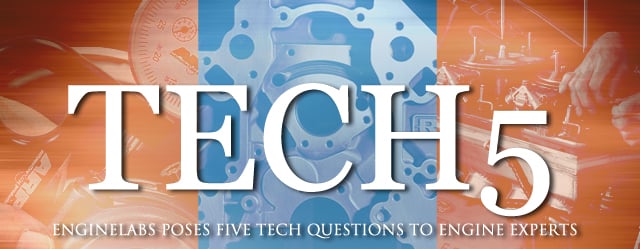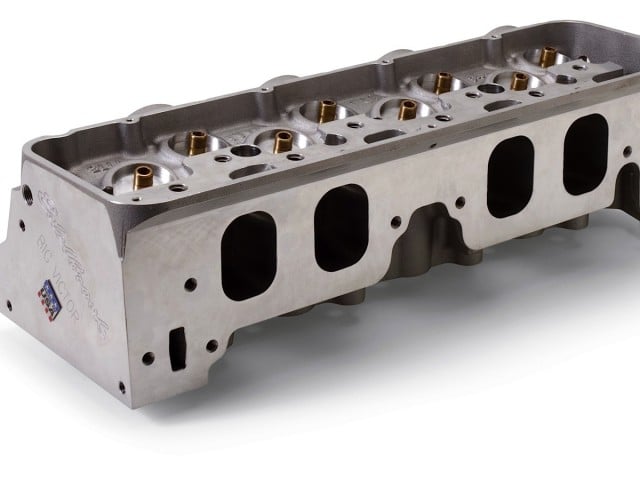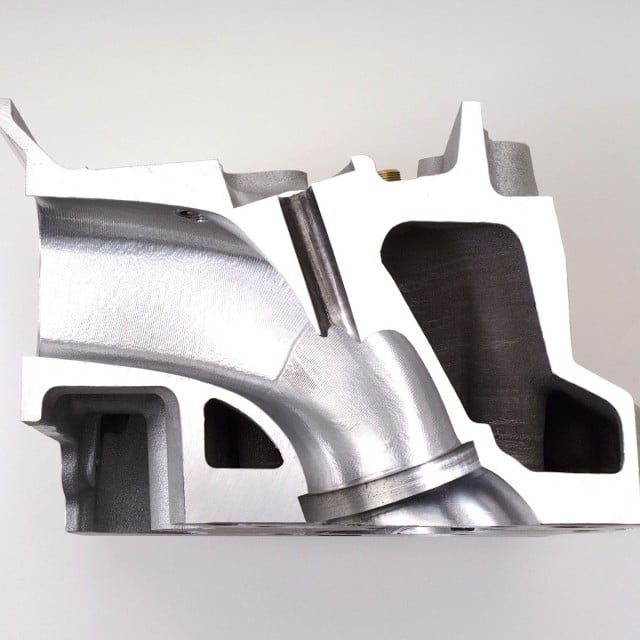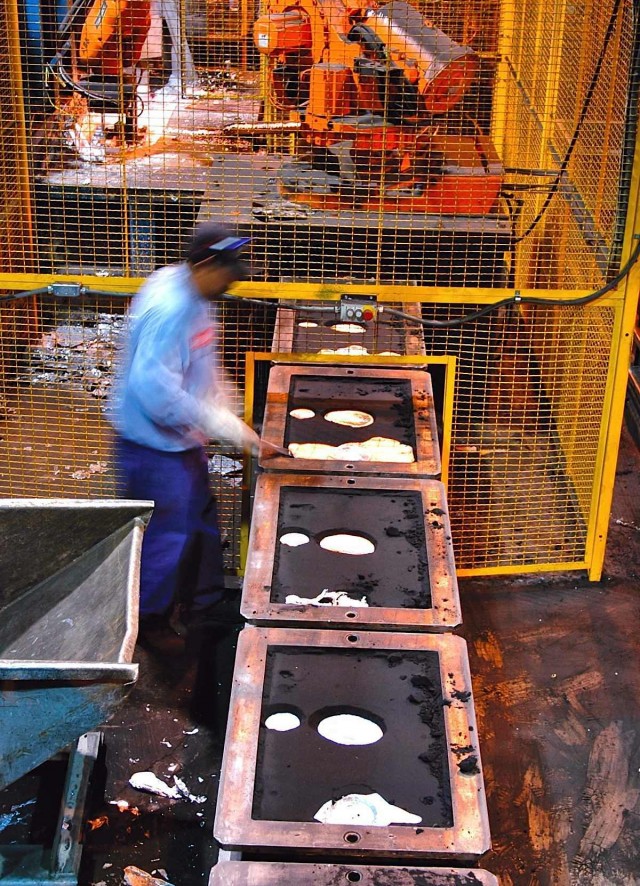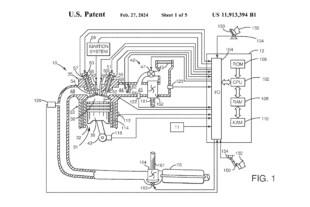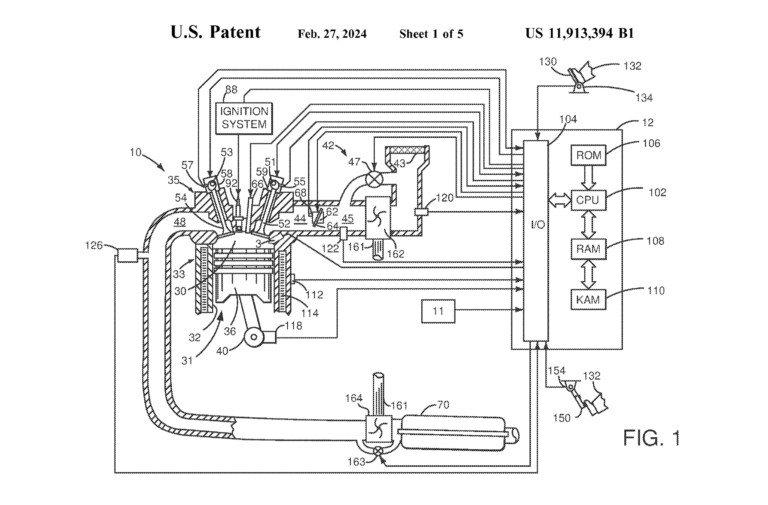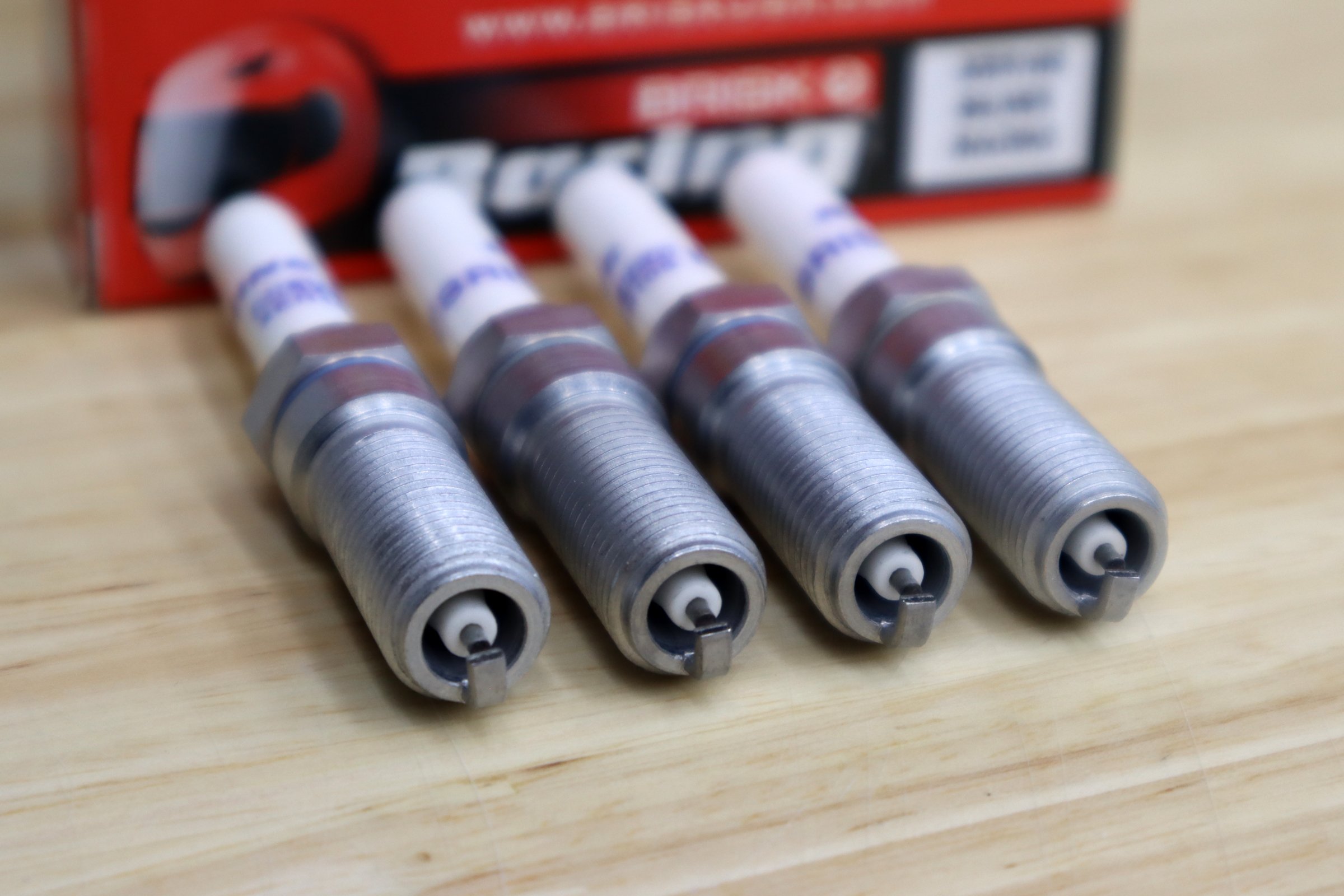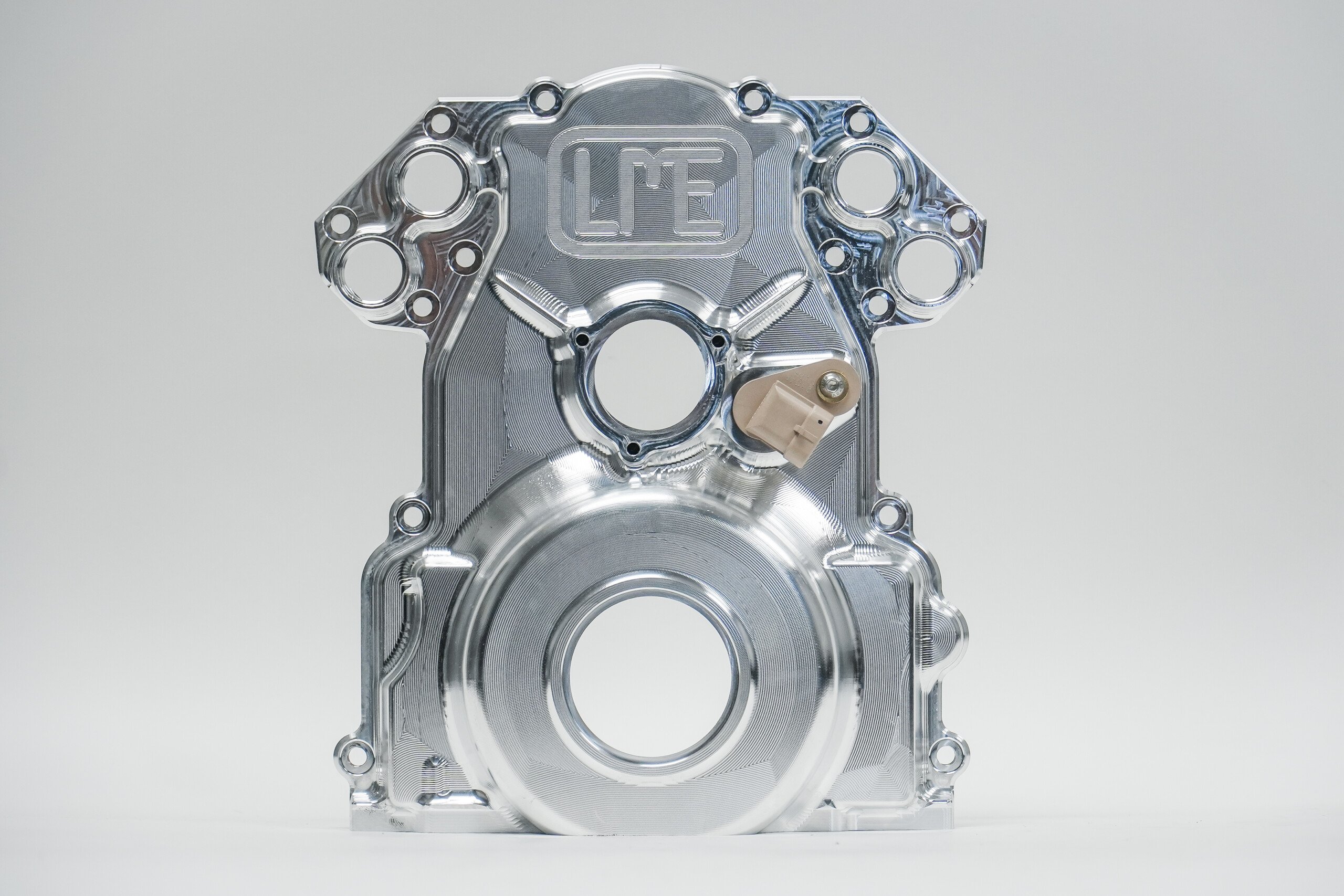Tech5 is a new feature where EngineLabs asks five tech questions to an industry leader. This week we go behind the scenes at the Edelbrock foundry where select products undergo a HIP treatment. Our guest is Rick Roberts, director of engineering at Edelbrock.
EngineLabs: Briefly describe HIP and how Edelbrock came to utilize the process.
Roberts: HIP stands for Hot Isostatic Pressing, and it originated in the aerospace industry as a way of increasing strength and eliminating defects in metal castings. HIP will take a good casting and make it great by eliminating trapped gases and internal porosity in the casting. Every casting has trapped gases, or internal porosity; it’s the amount of trapped gas or porosity that determines the castings quality and structural integrity. Basically, the HIP process takes raw castings up to 970° F in a pressurized chamber with inert gas (up to 30,000 psi) and compresses the casting to reduce and eliminate any trapped gases. The result is an incredibly strong and dense sand casting that has three times the fatigue life and nearly the consistency of billet aluminum.
We are continually in communication with engine builders and race teams in the industry. We noticed a need for a stronger casting for the cylinder head porter market. In our observation, cylinder head porters were machining a large amount of material out of castings to increase flow and performance for high end racing applications. This was resulting in thin walls and less structure in the casting, which could result in reduced fatigue strength in the casting over time. Plus, cylinder heads receive a large amount of cyclic duty loads in an engine and are vulnerable to fatigue, especially in high velocity applications, such as supercharged, turbocharged and nitrous applications. By offering a HIP processed cylinder head, porters could machine a head with thinner walls for optimal flow without sacrificing casting structure and integrity. The HIP process also extends the fatigue life in the casting, allowing for it to be more consistent over its duty cycle.
EngineLabs: If HIP applies pressure uniformly in all directions while under heat, then the part is actually “squeezed” and its size is reduced. How do you maintain critical measurements?
Roberts: The size is reduced after the HIP process, but not enough to make a difference in the end. It is a minimal amount, so our CAD design is the same for both HIP processed and our standard cylinder heads. Our foundry uses the same tooling and casting process as our non-HIP processed cylinder heads. When machining these parts, we have to reduce the feed rate and increase the rpm to compensate for the denser casting.
EngineLabs: Which Edelbrock parts undergo the HIP process, and what’s the criteria for selecting those part numbers?
Roberts: We only HIP cylinder heads that we believe have the potential of being used in severe duty cycle applications. Some of our cylinder heads applications that are borderline, are offered in both standard castings as well a HIP processed castings for the engine builder to choose from. We offer over 40 cylinder head applications with the HIP process. We have HIP processed cylinder heads available for small-block Chevy, LS series Chevy, big-block Chevy and small- block Ford.
EngineLabs: What are the real and practical benefits to the engine builder in using a HIP part?
Roberts: For the engine builder and racer, HIP processed cylinder heads provide less chance of failure due to fatigue. They also provide a better; smoother machined surface finish when CNC port and chamber work is applied.
EngineLabs: Are there any downsides to HIP parts?
Roberts: This process increases the cost from $100-$400 per cylinder head. It really depends on the amount of aluminum in a casting that determines the final cost difference. There are no weight differences, however.



